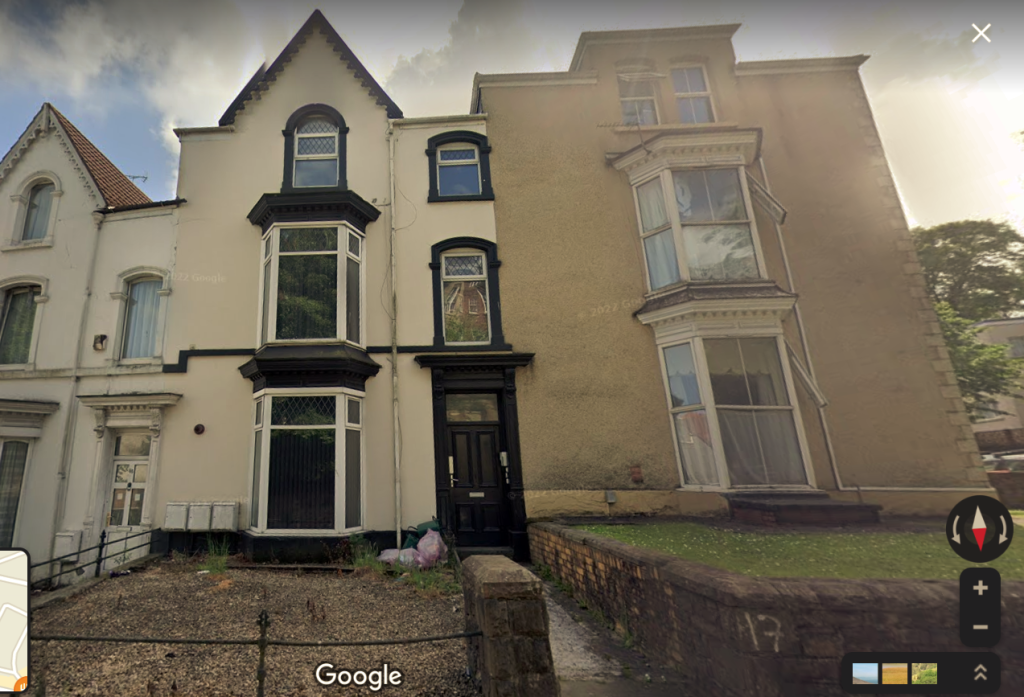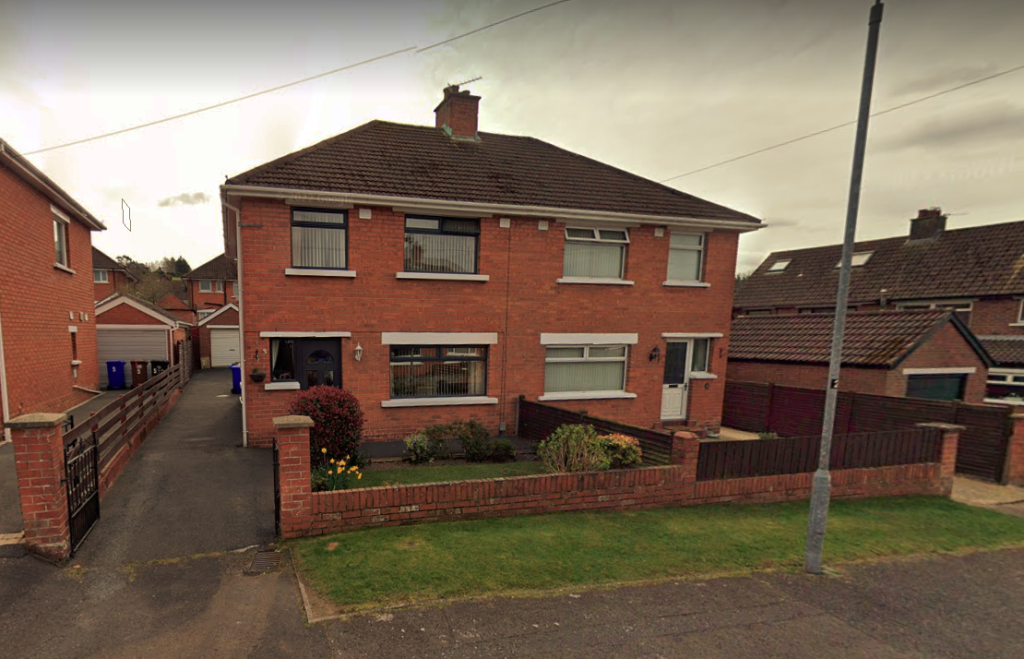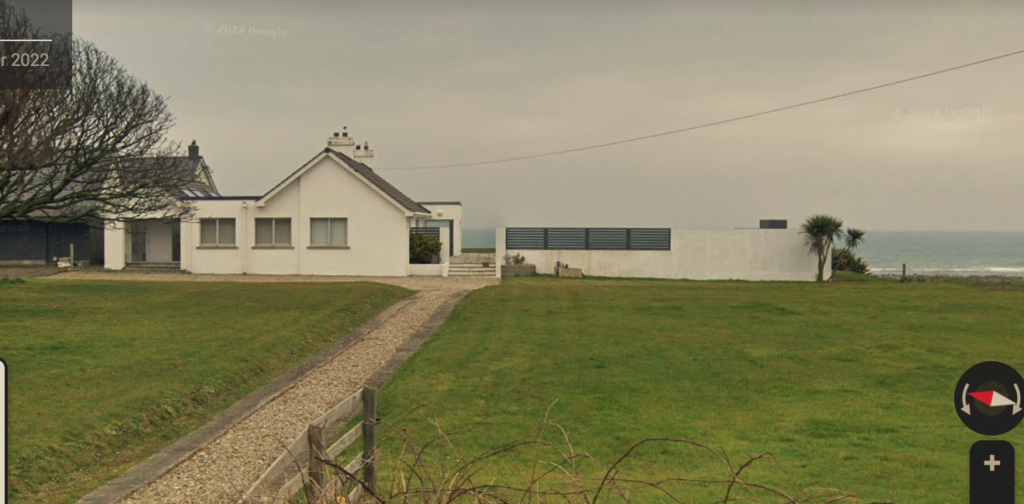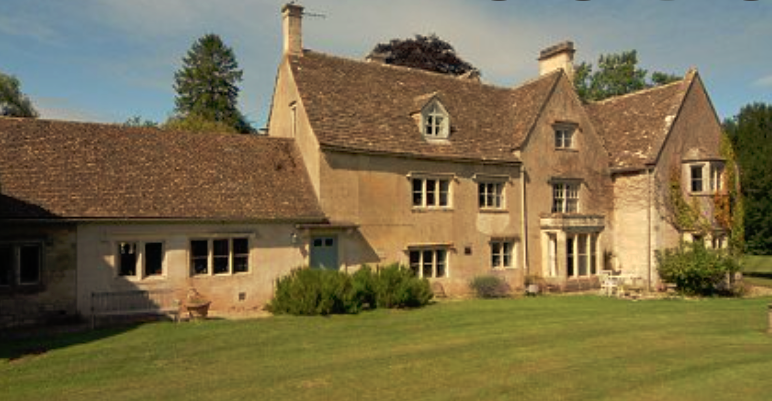Many of us wish we had the opportunity or made the time to ask our parents or grandparents, what they remember about the “old times”. These direct testimonies are lost in time. We are fortunate that in 2022 at the time of writing, both Joan (at 94) and Kenneth Webb (at 95) are both able and willing to write down some early Recollections.
Joan, on their 70th wedding anniversary, wrote the early story after getting married.
She wrote,
“Our first home was in Swansea where Kenneth was taking an Art Teachers Diploma course and I was teaching in Llanelly. We were only there for a scholastic year but we always felt we were lucky to have found it. It was in Uplands. A very nice area on the fringe of the city but a long walk to the centre, and a bus stop for the Llanelly bus 2 minutes away.
It was an hour ride and then quite a walk to the school for me early in the morning so early rising but well worth it. Bryn-y-mor Crescent had a line of 3-story houses on one side and posh modern flats on the other. We had a top-floor two-room flat in No. 18 with another couple we hardly ever saw on the second floor and the elderly couple owners on the ground floor. The kitchen/dining room at the rear had a little dormer window with a lovely view over the estuary leading to the harbour. We could watch the boats going in and out. The front room had a slightly bigger widow looking across to a very posh flat with a very curious man who we gathered was no less than the Mayor of Swansea! He was fascinated by Kenneth who spent a lot of time on the floor doing his bookbinding which he couldn’t really see. We cured him – eventually.

That year passed quickly and ended with Kenneth getting the post at Belfast College of Art and we landed there early in September 1953. We took a little farm cottage which sounded right but wasn’t. We moved on quickly. Lots of things were different in Northern Ireland, and we had to adjust. LEN PILTON was helpful and advised me to take advantage of grants available and we bought a house on the new housing estate for £1,200. We moved into 3 Kilmakee Park, Gilnakirk. After only two months we had enough for the deposit on a very limited amount of very cheap second-hand furniture and took a mortgage for the rest.

We reckoned we could live on Kenneth’s salary and my earnings as a part-time teacher at the Technical College in the Chemistry Department on the floor below where Kenneth was teaching in the College of Art. It was three bedroom house with a studio for Kenneth, so we had a reasonable bedroom and a cot in the living room for visitors. We had lots during our time; Mother and Margaret and Kenneth’s parents, Ruth and Mr. Bridell (watercolour painting of him by Kenneth). Every year our guests enjoyed exploring the countryside with us. We always managed to keep a car on the road, at least for the summer months. Gilnakirk was right on the edge of Belfast and Co. Down farmland. Kenneth studied this landscape intently and we could easily get to the coast and Strangford Lough. Longer trips to the Antrim coast were all possible and enjoyed by many people. We discontinued going back to Danby for such regular visits. Our thinking was that we would only be in Ireland for four or five years, and travel to England was fairly expensive.
As time went by I took up painting as well and Kenneth had contact with more amateur Artists. We started taking groups out for a day or so at a time and eventually started Holiday Courses which proved very popular and a valuable extra source of income that multiplied through the years. Kenneth resigned from his post in the Art College early in 1960 and rented a studio in May Street, Belfast as he could teach classes there and use it for painting the early stages of the mural commission for Bangor Abbey. The studio floor was just big enough for the four panels of the mural to be positioned and laid in for the approval of the Bishop – rather grudgingly given. His reaction to the finished work at the re-opening of the Abbey was very different! David was born in March 1961 and christened in the Abbey at an afternoon service followed by a surprise tea party. Very nice of the Bangor Ladies but I wished I had not spent so much time preparing teas at home. We left home when David was only 5 weeks old to do the round of Holiday Classes in Killarney, Roundstone, and Carrigart and managed well but it was more difficult in the following year. Also, by the time we were leaving Roundstone, I realised I was pregnant again. We understood that I would not be able to accompany Kenneth in the future. I wanted to be left in more countryfied surroundings with a good-sized safe garden. So we returned in late June for a rapid house hunt.
Fortune smiled upon us. We went for a drive to Greyabbey and on along the coast. We paused at a bungalow with a gorgeous display of red oriental poppies along the fence with a long stretch of grass leading back to a green tiled white bungalow set against the sea. We had often observed it but it had a For Sale sign! We moved like greased lightning to get a viewing, checks done, and the purchase signed all before Kenneth had to depart for Holiday courses in Cork and then Dublin and I packed up ready for moving in the first week of August.

We arranged to let 3 Kilmakee Park as a furnished house as we took quite a bit of the furniture that was in the bungalow. It was very good quality and going cheap and some of it followed me even to Portland House!
We settled into The Warren, Ballywalter very quickly. Kenneth got an architect, procuring a plan for building a studio very quickly as we wanted it to be available for an Easter Holiday Course. Then we went off for four weeks of Holiday Courses in Co. Antrim and Carrigart. My last away for some years. It was October by the time we were back and really settled in. We got a builder to give a proper door from the lounge to the bathroom. The lounge had been built on with the door to our bedroom being the only internal link, with exterior doors also at each end. There was a window in the bathroom that opened onto the lounge. We thought it would be very easy to change this into a sliding door with a ventilator to the exterior. The builder thought it too but when he got down to it he found the wall was actually constructed with granite boulders from the beach mixed in with the concrete of a much older date than he thought. It took a whole week to achieve it but the blissful quiet when the drilling finally stopped and the air cleared of dust.
I started having Mrs. Baxter come in two mornings a week to help clean up and polish floors as I was pretty heavily pregnant by then. I extended it to 6 mornings a week later on. She was a great help and very good with the children. There was so much clerical work to do with students and it had to be done on time. The garden was ideal. Safely enclosed and huge grass area for play, and of course, the beach, under supervision. I took them down the steps in the steep grass bank to our private gate onto a long sandy stretch with much further at low tide. We had it all to ourselves most of the time. It was quite a long walk to Ballywalter Beach which was the more popular one. There were only a few mostly newish bungalows between the Warren and Ballywalter. Most of the residents were elderly people.”

Getting Kenneth to sit down and write his memoirs is not really possible as he paints 5 hours a day, at 95 years old. He has over time, given interviews which talk about his Early Days and growing up. These small recollections are worth preserving here.
Kenneth Webb was born in London but grew up in Gloucestershire on the Welsh border. His father William George designed leather goods and owned a small factory. He was descended from a Walsh family in Westport and Kenneth’s mother Mabel Melissa came from the Betts family in Kent. “As far as the English art world, I’m listed as an Irish artist in the London Gallery and in the papers. I’ve lived in Ireland since the age of 26 but I don’t have a great love of nationalism. I’m neither Welsh, English nor Irish, I’m just myself. I don’t think it matters to have labels. As I work and live here I put Ireland as my first choice of country.”
“In 1940, during the London Blitz, my father’s factory was destroyed and our home was devastated by a German landmine. Luckily myself, my parents, and my younger brother Keith were unharmed but left homeless. An interesting fact that brings home the magnitude and horror of the time, is that on the first night of the Blitz, one million people died in London, the equivalent of all of Dublin being wiped out.” Kenneth tells us about that experience as a young boy.
“I remember my parents were standing in the broom cupboard under the stairs and I was sitting on the gas meter in the small cupboard beside them holding my 18-month-old little brother on my lap when the explosion happened. We were told to go under the stairs during an air raid. When we came out there was dust everywhere, the walls were crumbling and our bay window with our furniture and couch with shards of glass through it. We all tumbled out in the front garden. Fortunately for us, the only part of the house left standing was the stairs.”
“My father made the surprise decision to take the family to live on a derelict farm on the Welsh border near the Forest of Dean where life on a farm with no running water was a hard regime for the family. It was here on Warren Farm, that I grew physically strong and my interest in painting nature and the forest began”.
“The 40-acre farm was very run down and filled with stones. It was subsistence living. I walked five miles each way to school every day and then worked like a farm labourer, carrying water, milking, ditching, and harvesting. But I enjoyed walking through the forest. It was to me then, and still is, an unending source of delight and I spontaneously and freely began to sketch and paint it. When I was at school, I was bottom at everything and top at art. It was the one thing I could do. I’m highly dyslexic but only discovered that later in life.”
The hard farm work, however, strengthened Kenneth and gave him the edge in athletics, cross-country running and rugby at Lydney Grammar school and has helped him to remain active to this day and given him great stamina for the outdoor life.
Kenneth Webb just wanted to be a painter but decided to go down the academic route so as to be able to earn a secure living as a teacher. But in 1945, before he could start college and obtain proper art training, his calling papers came and he joined the Navy, serving in the Fleet Air Arm.
Three years later he was demobbed with no degrees or diplomas and with very little money. Fortunately, he was able to claim four years of study from the Government as compensation for being called up by the Navy and by 1952 he had received his diploma in painting and was offered a Fellowship of the Royal Society of Arts. The following year, with two degrees, he was appointed to the College of Art, as head of the painting school in Ulster College, Belfast in Northern Ireland.
“During the interview for the post, I was asked why I wanted to teach in Northern Ireland. In my astonishing political naivety, I replied that my greatgrandmother came from Westport and because I had heard so much talk of Ireland growing up, I wanted to come and see the place for myself. The border did not exist in my vision of Ireland.”
Kenneth Webb is married to Joan, a teacher and also a well established landscape artist, for 55 years. They met when Joan had just graduated from Oxford with a degree in chemistry and was planning on a teaching career.
“Joan has always given me fantastic support. We married in 1952 and from day one, we’ve had a joint bank account. ‘I’ve never had any money of my own. Joan has always managed things and paid the bills and so forth. I remember the men of Ulster at that time, being quite shocked that I had a joint account with my wife and didn’t just give her a weekly allowance.”
IN THE EARLY YEARS of their marriage, Kenneth and Joan owned an old Morris 8 that they would load up with camping gear and take off at weekends and holidays to explore Ireland. Donegal was a favourite until they discovered Connemara. Life was simple and Kenneth’s sketchbooks are full of barefoot children, donkeys and thatched cottages which appeared in many of his paintings of that time.
In 1959, Kenneth Webb was commissioned to paint a mural for Bangor Abbey. It took two years to complete and Kenneth had to do the final stages on a specially erected scaffold with a lot of assistance from Joan. When it was finished the Bishop of Down was so pleased with it that he said, ‘As I walked in procession into the church, I was almost hypnotized by the sight of the mural. I couldn’t take my eyes of it.’ He went on to compare the experience to see the magnificent stained glass windows in Chartres Cathedral for the first time.
The Webb’s moved to Ballywater in County Down when, after seven years, Kenneth retired as Head of Painting at the Ulster College of Art. He had enough of administrative responsibilities, worrying about staff and working within budgets, and wanted to paint full-time.
“I was free at last to do the one activity I wanted to do more than anything else and that was to paint. I’ve been a free man now since the age of 31 and it’s a great feeling. I was tied to his Majesty’s service and then tied to the college for another seven years. I think independence is just the most beautiful thing in the world.”
Kenneth bought a summer holiday bungalow on the Ards Peninsula that needed some work. He describes it as “a cheerful place with a sea view from every window and a garden filled with magnificent poppies”. He converted the house into a permanent family home and built an art studio where the family could be immersed in creative activity. “I remember that first winter at Warren Studio was tough going, with freezing gale force winds and waiting for the kettle to boil to fill the hot-water bottles for bedtime. Our eldest son David was three when we moved into the house and in the next five years along came our other three children, Susan, Michael, and Jennifer. All four children were naturally talented painters and I liked to have them with me in my studio and out with me at demonstrations and lectures.”
Since there is probably nothing in life, less certain than selling paintings, Kenneth felt it was time to develop some private teaching. An inspirational teacher, he did a series of lectures and gave classes alongside his blossoming career as an artist. He also founded The Irish School of Landscape Painting back in 1957 with his lifelong friend and artist Clare Cryan. It is the original and foremost Holiday Painting School in Ireland and continues today, offering courses in some of Ireland’s most breathtaking locations in Wicklow and Connemara.
Kenneth ‘s daughter Susan Webb, considered one of the finest equestrian artists of this generation now runs the outdoor-based school started by her father 50 years ago.
“For the last 30 years, I have been painting a more contemporary kind of picture. I do not do just one thing but I am always growing changing and absorbed by how things come to me now. While I may be classed as an Impressionist or Post Impressionist or Expressionist, I have never been trapped by any genre or style. When you accept a label, you do not grow. When your Art doesn’t grow and change, you get bored and should try something else.”